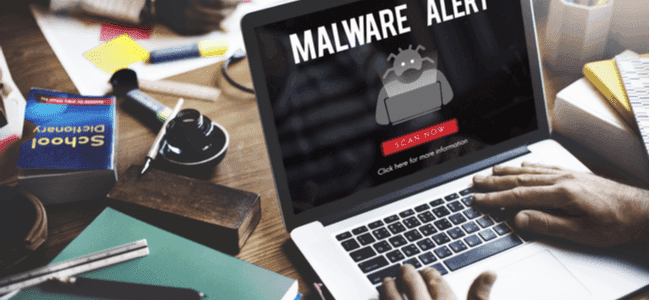How To Encrypt Files in Windows 10?

Cyberattacks are an increasingly common occurrence in today’s world. While antivirus can safeguard your data to an extent, adding another layer of encryption can provide you with much-needed supplementary security.
Data encryption is used to translate the data into codes or other formats that can’t be accessed without a key, usually called a decryption key or password.
This encrypted data is also referred to as ciphertext. Data without this feature is called plaintext.
If you have a Windows PC, you can secure your data without any hassle. Microsoft offers this built-in feature with every computer, and you can use it to safeguard files, folders, and even entire drives or removable devices.
There are various ways to use this feature on your Windows 10 devices and we’ll be guiding you through these available options.
Please be informed that BitLocker isn’t available for Windows 10 Home Edition.
Turning On Device Encryption
Microsoft has made it extremely easy for users to access the encryption settings. Just follow the steps listed below:
- Sign into the device with your administrator password. If you don’t have an administrator account, create one with full privileges.
- Click on the Windows button > click on the Settings icon > Go to Update and Security > Device Encryption. If the option doesn’t appear, this feature isn’t available for you. In this case, you can use BitLocker.
- If the option is available, turn it on.
EFS Encryption
Encryption is linked to the PC user, and if another user logs in, the files won’t be available. EFS is not a full file system but an NTFS-based add-on that enables securing individual files on the go.
That said, we can guarantee that EFS is a fast and simple way to save individual files and folders on a PC shared by a number of users.
Read on to see how it's done.
- Open File Explorer and select any file or folder which you wish to secure.
- Right-click on the selected file/folder. Then, click on Properties.
- On the pop-up window, click on Advanced.
- On the next screen, check the box “encrypt contents to secure data”, and click Ok.
- Next, click Apply. Now, you’ll receive a pop-up from the system asking you to define additional settings. Choose if you want to safeguard the folder only or the folder alongside other files and subfolders inside it.
- Select one of the two options – apply changes to this folder only, or apply changes to this folder, sub-folders, and files.
- Click on Ok.
Close the window and go back to the File Explorer to locate the file. If the action was successful, you’ll see a padlock icon on the top-right corner of the folder’s icon or thumbnail.
Backing Up The Encryption Key
Microsoft understands that it’s just a matter of time before you forget or misplace the key.
Hence, it keeps reminding you to backup the key right after you’re done creating it.
Once you enable the EFS on your device, you’ll notice a tiny icon on your computer’s taskbar. This is Windows reminding you to back-up the key.
To start the process, make sure you have a USB flash drive connected to your PC.
Once done, do the following:
- Click on the Notification Tray > select the notification.
- Next, click on Back-up Now. While this option is recommended, you can also choose other available options like Back up Later or Never Back up.
- Click Next on the pop-up. On the following screen, click Next one more time.
- On the new screen, check the box next to Password, then enter your desired password in the first field and revalidate it in the 2nd field.
- Click on Next > Browse > Select the USB Flash Drive.
- Add a filename > Save > Next > Finish > Ok.
The backup key will be used to access the files on your PC if you lose access to your user account or forget the password.
BitLocker Encryption
BitLocker has been working seamlessly since Windows 7, but the newer version has enhanced features like SSO support to protect keys from cold boot attacks, network unlocking, offloading encryption, and more.
BitLocker Device Encryption is enabled automatically, as opposed to a standard BitLocker implementation, so that the device is secured.
To be clear, the process can take a bit of time. Here’s how you do it:
- Go to the Control Panel > System and Security.
- On the page, select BitLocker Drive Encryption.
- Next, select the removable drive that you wish to secure > Turn on BitLocker.
- The initialization might take some time, so be patient. Then, select the preferred option. Once done, select Use a Password to unlock the drive, then click Next.
- Enter the desired password, then click on Next > Continue.
To verify that BitLocker is working, open the File Explorer and check if there’s a padlock icon on the drive that you secured.
Bottom Line
As you can see there are multiple ways to secure the data on your devices.
Choose the option that best suits you, encrypt the data, and make sure that you back-up the key in case you forget the password or are locked out of your device.
Read More: Top 7 encryption providers and why you should use them




